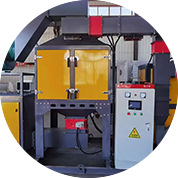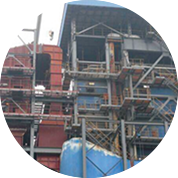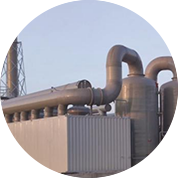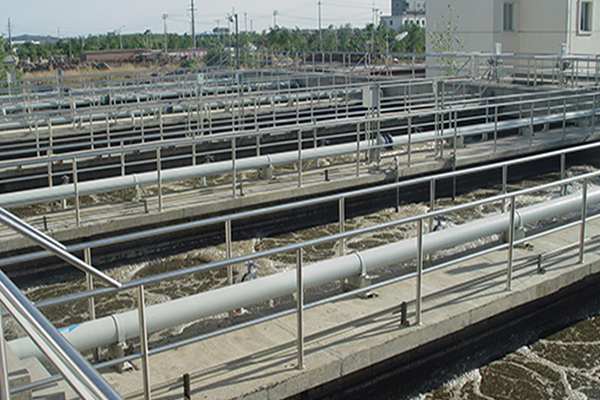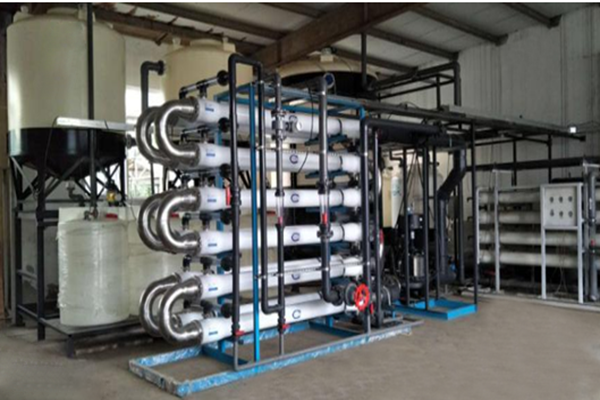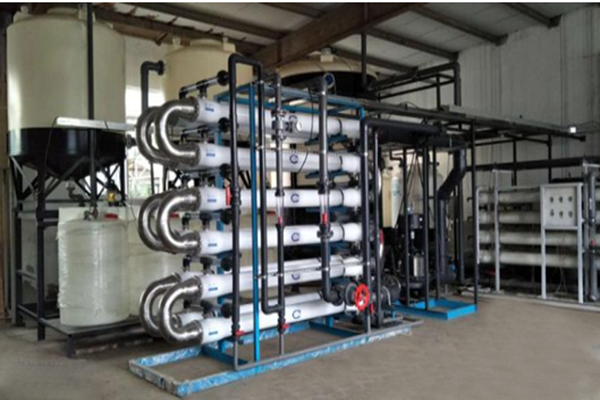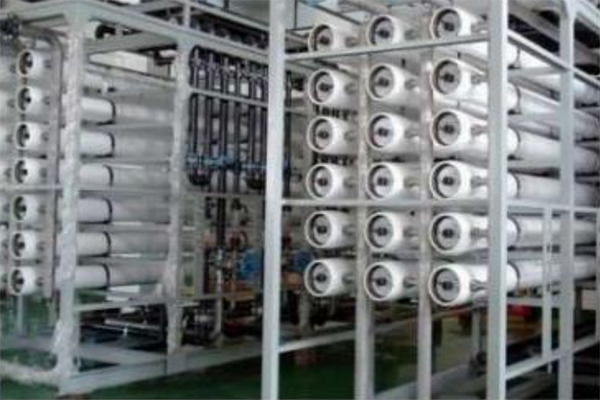
Welcome to Ruiming Environment!
News
 Hotline
Hotline
Sewage treatment technology knowledge
Sewage treatment technology knowledge
Wastewater treatment technologies are designed to remove pollutants from wastewater and ensure that it meets environmental discharge standards or can be reused. The following details several commonly used sewage treatment technologies and their related knowledge points:
Overview of sewage treatment methods
- Physical law:
- Grille: Block large solids to prevent equipment clogging.
- Sand settling tank: Settling sand and heavy particles by gravity.
- Sedimentation tank: Use density differences to remove suspended solids by gravitational sedimentation.
- Air flotation: Inject tiny bubbles to make the suspended matter adhere and float up to separate.
- Filtration: Through the filter material layer, trapping suspended and colloidal substances.
- Chemical method:
- Coagulation: Coagulant is added to aggregate suspended and colloidal particles into large flocs.
- Chemical precipitation: Adding agents to precipitate the dissolved matter.
- REDOX: Changes the chemical properties of contaminants to simplify the removal process.
- Biological law:
- Activated sludge process: The use of microorganisms to degrade organic matter into harmless substances.
- Biofilm method: rely on immobilized microbial membranes to treat organic matter, such as biofilters.
- Anaerobic treatment: anaerobic microorganisms are used to decompose high concentration organic matter in an anaerobic environment.
Introduction of sewage treatment process flow
1. Pretreatment: including grille and sand sink, initial removal of large particles and floaters.
2. Biological treatment: the core link, the use of microorganisms to remove organic matter and nutrients, commonly used processes such as activated sludge method, A/O, SBR, etc.
3. Advanced treatment: further purification, using coagulation precipitation, activated carbon adsorption or membrane separation technology.
Interpretation of key parameters of sewage treatment
COD (Chemical Oxygen demand) : an important indicator to measure the content of organic matter in sewage.
- BOD (Biochemical Oxygen Demand) : Reflects the amount of organic matter that can be decomposed by microorganisms.
- SS (Suspended solids) : indicates the amount of suspended particulates in sewage.
- NH3-N (ammonia nitrogen) : represents the concentration level of ammonia nitrogen in sewage.
- TP (Total Phosphorus) : Indicates the total phosphorus content in sewage.
Overview of sewage treatment equipment
- Grille: key equipment in wastewater pretreatment for initial interception of bulk solids.
-Aerator: provides the necessary oxygen for biological processing and ensures microbial activity.
- Sedimentation tank: solid-liquid separation is realized to ensure clear water.
- Sludge dewatering machine: effectively reduce the volume of sludge and facilitate subsequent disposal.
- Bioreactor: provides an ideal environment for microbial growth and metabolism, such as activated sludge ponds.
- More > FID technology: A pioneer in on-line exhaust gas monitoring
- More > Where does the wastewater from chemical production end up after treatment? Is it drinkable?
- More > The advantages of electroplating sewage treatment equipment
- More > Uncovering the black technology of ethanol waste gas treatment: a new chapter of green transformation
- More > Solar torch burning equipment: the perfect integration of environmental protection and efficiency
- More > Inclined tube sedimentation tank: The optimal solution for efficient water treatment?
- More > Where is the industrial pure water equipment?
- More > Whole-house deep water purification solution: dedicated to creating a healthy and comfortable home environment
- More > Reveal it! The price of 10 tons of water purification equipment starts from the bottom, is your budget enough?
- More > Analysis of the processing flow and working principle of MBR integrated equipment
- Previous:Where does the wastewater from chemical production end up after treatment? Is it drinkable?
- Next:The advantages of electroplating sewage treatment equipment
Tags for this article:Sewage treatment, solid-liquid separation, sludge dewatering machine, activated sludge process, grid, sand settling tank, A/O, SBR, microbiology
Shenzhen Ruiming Environmental Technology Co., Ltd.
-
 Phone:13823530689
Phone:13823530689 -
 E-mail:szrme_008@126.com
E-mail:szrme_008@126.com -
 Phone:0755-86208689
Phone:0755-86208689 -
 Address:Building 47, Xinwei Village, Xili Street, Nanshan District, Shenzhen
Address:Building 47, Xinwei Village, Xili Street, Nanshan District, Shenzhen Copyright © 2022 Building 47, Xinwei Village, Xili Street, Nanshan District, Shenzhen All Rights Reserved.
 Tik Tok
Tik Tok
 Public number
Public number
Hotline:13823530689

